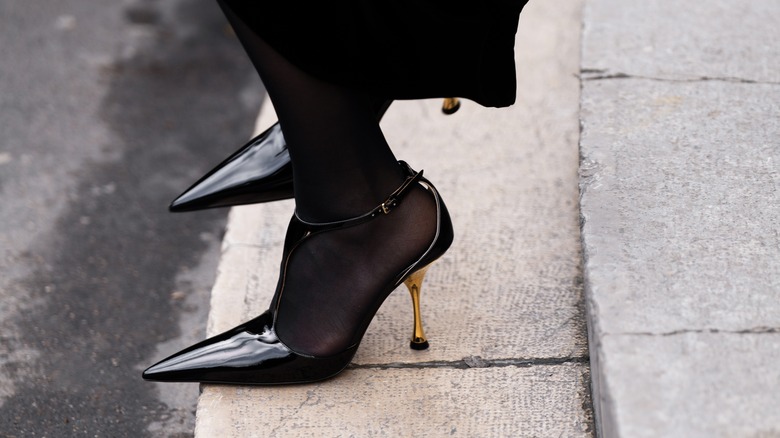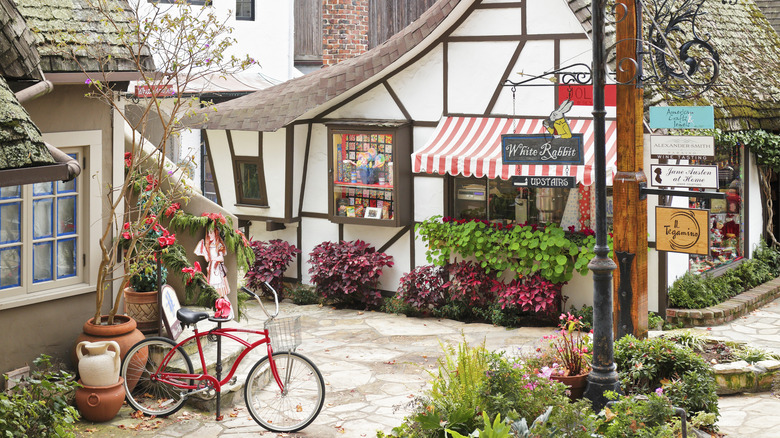California’s coastline is a woven mix of sandy shores, rugged cliffs, and vibrant beach towns, each with its own unique personality and offerings. From the sun-soaked glamour and glitz of Malibu, where celebrities mingle with surfers, to the wild, windswept beauty of Point Reyes National Seashore, where seals bask on rocky outcrops, the state’s beaches are as diverse as its people. Laguna Beach dazzles with its art galleries and turquoise waters, while Stinson Beach provides a quieter escape with its golden sands framed by rolling hills and some of the best views of the Golden Gate Bridge. These shores draw millions of visitors a year, offering everything from world-class surfing to serene tide pool exploration. Among these coastal treasures lies Carmel-by-the-Sea, a small but uniquely unforgettable destination on the Monterey Peninsula, about two hours south of San Francisco and about five hours north of Los Angeles by car.
Carmel, as it’s often referred to, is a 1-square-mile village with less than 4,000 residents. However, this quaint town consistently ranks among the world’s top travel destinations. Known for its fairytale-like cottages, its imaginative architecture, and a thriving arts scene, the town feels more like a storybook brought to life. Visitors can stroll hidden passageways, browse unique boutiques, throw coins into wishing wells, and dine at Michelin-starred restaurants, all without a single chain eatery in sight. The white sands of Carmel Beach, framed by cypress trees, offer exquisite sunsets and a dog-friendly play area. The town’s charm extends to its peculiarities: no streetlights, no parking meters, and, most curiously, a decades-old law banning high heels– a peculiar rule that adds to the city’s eccentric allure.
The high heel ban: a quirky code rooted in nature
In 1963, Carmel-by-the-Sea passed an ordinance prohibiting shoes with heels higher than two inches and with a base less than one square inch. The stated purpose, according to the city’s municipal code, was to protect the town’s “urban forested character,” which is a nod to the Monterey pines, oaks, and endemic shrubs that dot and color its landscape. Unlike in a typical city, Carmel’s sidewalks are intentionally uneven, shaped by tree roots that the town prioritizes over uniform pavement. High heels, the city argued, posed a tripping hazard on these rustic walkways, potentially leading to injuries and lawsuits. The ordinance was a proactive step to prevent the town from any liability while preserving the town’s natural charm and indigenous flora.
For those eager to strut in stilettos, there’s an easy workaround: a free permit available at City Hall. This “license to heel” acknowledges the wearer’s understanding of the risks involved with wearing heels in the city and releases the city of responsibility for any mishaps or missteps. The process is more ceremonial than enforced, since the local authorities haven’t issued citations for this violation in years. The law remains on the books, less as a strict regulation and more as a testament to Carmel’s commitment to its unique character. Visitors might find the permitting process a charming addition to their quirky stories about this wanderlust spot, snapping photos of their official license as a playful souvenir. While the rule may seem outdated, it underscores the town’s dedication to its forested paths and laid-back ethos, inviting visitors to embrace its peculiarities.




